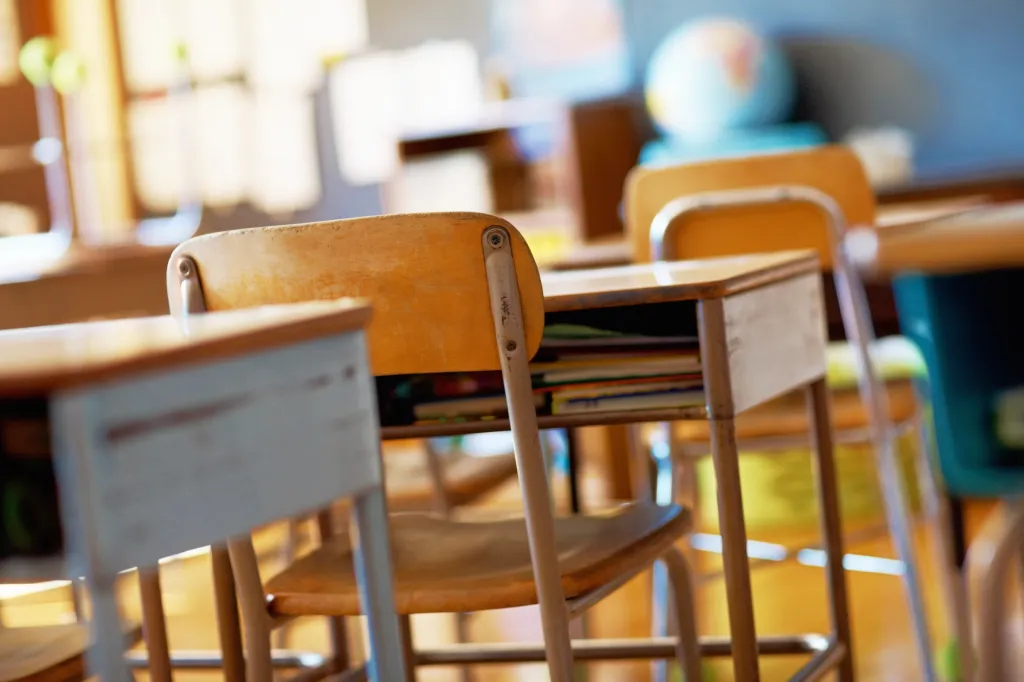
For numerous disabled children, being able to read at a second-grade level in eleventh grade is ordinary.
Countless students with special needs are neglected, so much so that other children can see it. They see the confusion or the children neglecting their work because they cannot understand it. In fact, while I was in my collegiate-level class that happened to take place at summer school, some cognitively impaired students at the summer school couldn’t read or write in 11th grade. If students are able to see the maltreatment of these children, then the adults in the situation can, too. Contrary to popular belief, parents can fix this problem for their children.
Adults need to be informed about their children. Special needs children are falling behind because their IEPs are failing them. Schools averting their money and focus to other investments instead of special needs children is hurting their potential. More money and attention needs to be given to these students to set them up for success.
It’s apparent that in schools, students with learning disabilities get lower test scores, and grades, and have a higher chance of dropping out. This finding was from Zara Abrams at the American Psychological Association. Some of these students have IEPs but still get lower test scores and grades. This means that the IEP has not been specially designed for the child. Maybe a portion of their IEP is not being fulfilled.
Even with all this information, people still avoid the negatives of IEPs. Kara Lofton, who works with juveniles who have disabilities, commented on the benefits of the plan. She stated, “To create a caring learning community where teachers and parents are partners and the strengths and competencies of students are celebrated”. This is inaccurate. Arguably, it is accurate for some cases when parents know how to advocate for their children or when schools invest more money and time into IEPs. Other than that the students are given lower expectations. Most times, schools just want to push impaired students out of the way and move on. Students with IEPs are not celebrated; they are moved forward to grades that they are not ready for.
There are more half truths about IEPs. Shrub Oak International School mentioned, “Creates opportunity for the student and those involved including their families, teachers, administrators, and personnel”. While I agree because that is the vision for IEPs, that is not always done. I believe that IEPs take away opportunities from students. Lots of times children with ailments are not in classrooms with their peers. Making them ostracized and removes some socialization opportunities for them.
Many parents don’t fully understand the process of getting and revising an IEP and their child’s plan as a whole. While doing some past evaluations on IEPs, my collegiate workmates and I discovered that over 50 percent of parents don’t know what an IEP is. This could mean that parents who have children with the plan may not understand what accommodations are done and if they work for their son or daughter. There’s not a lot of emphasis placed on IEPs by the general public. That’s why so few people know about them.
Right now you may be wondering, what you can do to close this disparity. Well, choosing to educate yourself on IEPs is a good start. Many times the best way to learn more about something is to research. There are many professionals with phDs who speak about IEPs with only one search on Youtube. Dr. Mary Barbera is a Youtuber who talks about IEPs, but make sure you not only use Youtube, but other sites like governmental websites or research sites.
To be more hands-on since you probably have students or a child you know with an IEP, advocate. There are so many people that you can communicate with about your child’s IEP. You could speak to the school psychologist or support staff to ask how your child is doing. A bigger step would be to adjust an IEP. The first step would be to talk to the child’s teacher to make sure that the IEP is being followed correctly. The second step is to look at your child’s current improvement. Third, if you are unhappy with what you observe, tell the IEP coordinator. Fourth, tell the coordinator about the lack of progress. After this you can request a change in the IEP. You could also submit an official request to ask for a re-evaluation or a change with the plan. It is crucial to be quite precise when saying what you would like to be changed and why.
Therefore, if you want to help your child succeed, make sure their education is a correct fit for them. With the discrimination that disabled students go through, it is important to educate yourself and advocate for your child.
Audrey Oppong is a student at CREC Academy of Science and Innovation.